Playgrounds, by their very nature, are fun—even during construction. But don’t confuse having a good time with being careless. Maintaining a safe work environment requires the continuous cooperation of all persons on the job. Accidents and injuries can be prevented, but require that we are alert every minute, of every hour, of every day—to keep the job site safe.
SAFETY MEETINGS
Always begin each construction day with a safety meeting lasting about 10 minutes. These meetings will contribute to the safety of participants, to more productive work days, to the image of the organization, and of course to preventing mishaps. Safety rules can save lives and prevent injuries. They can save time and money. Also, remember that safety requires a constant commitment on everyone’s part to make safety priority one.
PUBLIC SAFETY AT THE JOB SITE
Playgrounds invite children–-even playgrounds under construction. It is critical that all playground construction sites be secure from entry by children or others. There are a variety of ways to secure a construction site, but all include fencing. Ribbon is NOT acceptable for securing a playground construction site!
The most popular method for securing a playground site against unauthorized entry is a four- or six-foot plastic safety fence. These fences are usually orange or brightly colored. To secure them properly:
- Drive T-posts into the ground with the stubs pointed out—away from the playground.
- Pull the fence tight between each post and on the outside of the posts.
- Secure at three spots: top, middle, and bottom with plastic zip ties or construction wire.
- Be sure the wire and tie endpoint in towards the playground.
There may be other acceptable types of fencing available to secure a playground construction site. The point is, always secure a playground construction area as you are most likely putting the safety of a curious child at risk. Signage indicating that this area is under construction and advising to “keep out” should be erected where anyone near the site can read it.
When moving trucks, trailers, cement trucks, or tractors onto a job site, be aware that children may be present. Someone should always lead equipment and warn those present of a moving vehicle. Never back up without someone present to watch and guide. Fire safety, utility lines, and water are all things that can affect the public. If gas lines or electrical lines are broken the public could be in danger.
Keep fires off the job site and have a smoking policy that leaves cigarettes out. If water lines are broken you must know how to get the water turned off–quickly.
DIGGING SAFETY
Utility companies offer utility marking services to prevent damage to underground utility facilities when people are excavating or digging. Installers are wise to use these services and to make special note of overhead utilities as well. Interfering with above ground or underground utilities can be extremely dangerous—not to mention costly.
These marking services will locate electrical power lines, gas lines, telephone and cable lines. Some organizations will mark water and sewer lines or storm drains. Generally, water sprinkler lines are not identified.
When preparing for utility companies to mark your digging location, be sure to give them an indication of where they are going to mark utilities. Use chalk, stakes or other means to identify the area to be marked.
Be aware that if you damage utility lines because the area is not marked, you will be liable and billed for the repair. Besides causing problems with the utility company and their customers, you may be billed thousands of dollars for repair work.
HEAVY EQUIPMENT
A variety of heavy equipment machines such as backhoes, skidsters, loaders, or augers may be utilized at the playground construction site. Not only can these big pieces of machinery present safety hazards but they have the potential to damage existing site conditions or the playground equipment if not used by experienced people. It is very important that trained, capable individuals operate heavy equipment.
Never operate heavy equipment with known defects or without completely understanding the operation and controls of the machine. Never operate a machine without the owner’s manual which will offer operation and safety procedures.
Do not dig, trench, auger, or excavate at all until the area has been marked for utilities. When backing machinery up, operators must be aware of their surroundings at all times. Never operate equipment with others in the area where you are moving. Before moving a piece of equipment, visually account for all workers. When leaving a piece of equipment, always turn off the engine and set the parking brake. Never exit a running piece of machinery and always lower the buckets. Front-end loaders, tractors and skidsters all have extensions. These buckets, loaders, scrapers, and trenchers move quickly when you turn.
Be aware of people, playgrounds, buildings, trees or anything else that a moving bucket may hit. Never work under power lines low enough for an extended bucket to hit them.
HAND & POWER TOOLS
If not handled properly, power tools can be incredibly dangerous; they can cause electrical shock or electrocution, cut off fingers and toes, drill into the skin, and grab or rip hair.
- Never use power tools when it’s raining or on wet ground.
- Never use power tools without the proper grounding mechanisms.
- Never use power tools with damaged cords or guards.
- Do not remove guards or safety signs from your tools.
When working with power tools always use proper bracing and support systems. Always work where you can have both feet firmly planted and supported. Keep fingers, clothes, and hair away from saws, drills and other electrical moving tools. Do not cut your cords with your saws and use only UL-approved extension cords. Use
the proper extension cord with an appropriate rating for the tool being used.
When using hand tools, protect head, eyes, arms, and fingers. Goggles face shields, hard hats, and gloves are also protective gear for use with hand tools. Striking with a hammer requires eye protection. If the strike zone is close to your fingers, gloves should be worn.
LADDERS
Many workers with big egos have been knocked to the ground by a faulty ladder. Everyone obeys gravity, so use the proper, stable ladder designed for the weight and height you need.
- Do not use broken ladders.
- Do not stand on the top rung of a ladder.
- Always be sure all four legs of a ladder are on stable ground.
- Don’t put a leg by a hole in the ground that may curve off and dump you.
- Do not overload a ladder.
- Do not use ladders around electrical lines.
CLOTHING
Wear clothing that is loose enough to be comfortable and allows you to move freely, but not so loose that it can catch on playground equipment parts or machinery. Wear long pants and solid shoes that completely cover the feet. Sandals and open-toed shoes are not adequate foot protection for a playground installer.
OTHER JOBSITE SAFETY CONSIDERATIONS
Be aware of open holes in the ground. Playground footing holes are at least 18 inches deep and 18 inches in diameter. Look out for your co-workers. Falling into a hole can snap your leg, or you could drop a deck or piece of equipment on yourself. Do not dig more holes than you will fill in a day and cover holes at night to protect any adventurous child that circumvents your fencing.
Goofing around and wrestling are not allowed at job sites. Horseplay is for another time. Treat all co-workers with respect and do not put yourself or anyone else at risk by acting foolish.
Do not work in cluttered areas. Keep pathways clear of parts, garbage, and tools. Do not walk over piles of equipment or garbage. Watch for extension cords or other trip hazards. When carrying things, be sure you can see where you are walking and wear good shoes with non-slip soles. Clean up spills and pick-up after yourself and others. When working above the ground, such as on decks and on roofs, always be on a stable base. Do not hang like a monkey and act like Spiderman. Save that kind of fun for when the playground is done.
Jobsite safety is no laughing matter. You owe it to yourself and your crew to make safety on the playground priority one from day one.



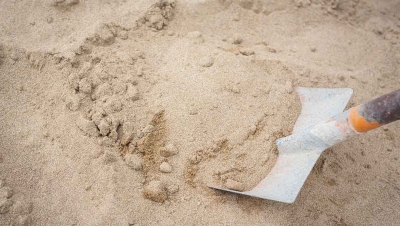
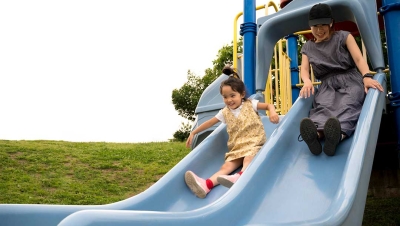
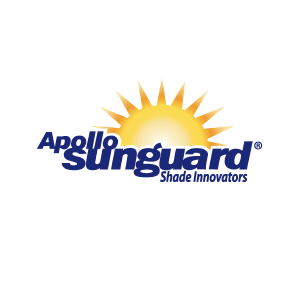

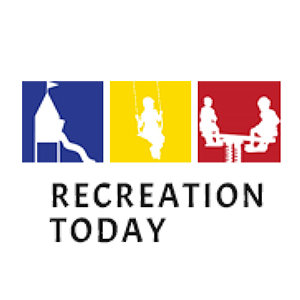
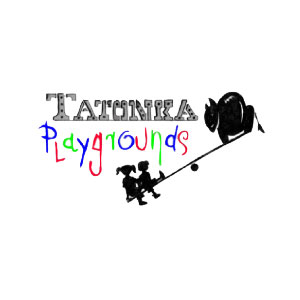
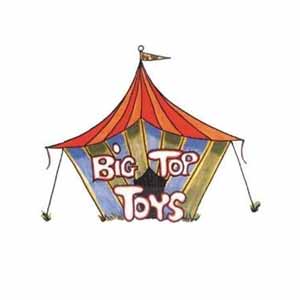


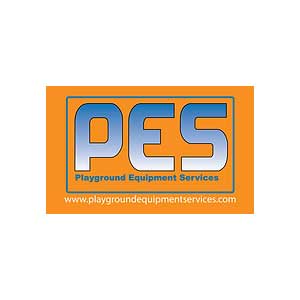



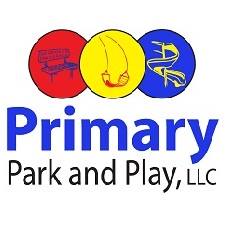
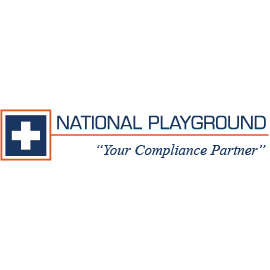
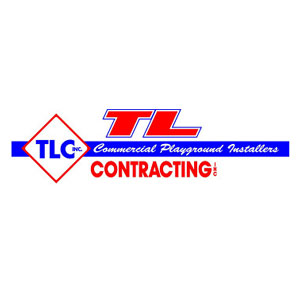
Add new comment